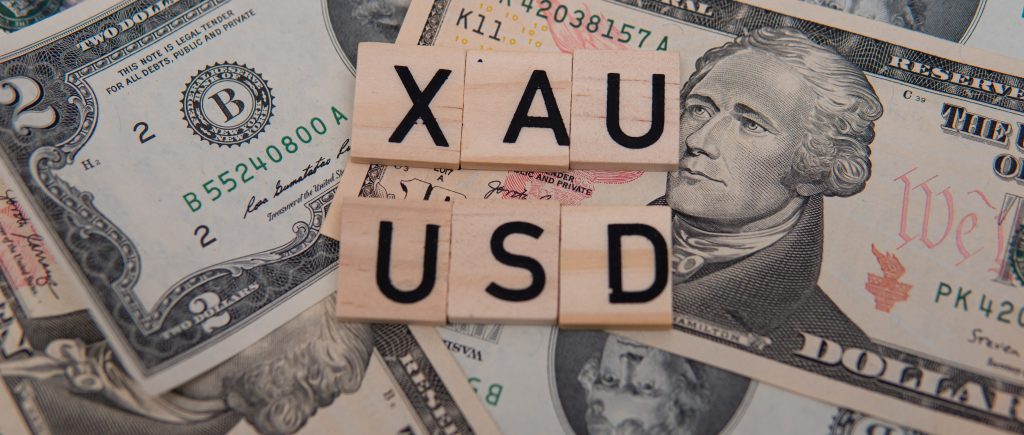Gold prices remained steady on Thursday, hovering near three-month highs, as the U.S. dollar softened following President Donald Trump’s cautious approach to implementing tariffs early in his second term.
Gold Market Highlights
- Spot Gold: Unchanged at $2,755.14, near its highest level since late October.
- Gold Futures (Feb): Down 0.3% to $2,763.39 an ounce by 01:35 ET (06:35 GMT).
Safe-Haven Appeal and Inflation Concerns
Gold’s three-day rally earlier this week was driven by safe-haven demand amid uncertainty surrounding Trump’s trade policies. His tariff plans, expected to elevate U.S. inflation, continue to support gold prices as the metal is traditionally viewed as a hedge against inflation.
Weak Dollar Supports Gold Prices
- The U.S. Dollar Index remained slightly weaker in Asian trade, following a sharp decline on Monday.
- Trump’s hesitation in implementing tariffs has pressured the dollar, indirectly supporting gold prices.
- The market anticipates higher U.S. inflation and gradual implementation of tariffs, both of which could impact the dollar’s trajectory.
A weaker dollar benefits gold, making it more affordable for international buyers.
Other Precious Metals
- Platinum Futures: Fell 0.7% to $964.30 an ounce.
- Silver Futures: Declined 0.6% to $31.218 an ounce.
Copper Prices Decline Amid Tariff Fears
Copper prices continued to slide as investors weighed the potential economic impact of Trump’s tariff plans.
Market Impact
- LME Benchmark Copper Futures: Fell 0.8% to $9,167.50 a ton.
- February Copper Futures: Dropped 0.9% to $4.2568 a pound.
China’s Role in Copper Demand
- Concerns over reduced demand from China, the largest consumer of copper, are exacerbating the decline.
- Tariff-related economic strain, coupled with slowing industrial production in China, raises fears of weaker global demand for industrial metals.
Market Outlook
While gold prices remain supported by safe-haven demand and inflation concerns, the market will closely monitor Trump’s tariff decisions and their broader economic implications. For industrial metals like copper, prolonged uncertainty over U.S.-China trade relations and slowing global growth may continue to exert downward pressure.
 Noor Trends News, Technical Analysis, Educational Tools and Recommendations
Noor Trends News, Technical Analysis, Educational Tools and Recommendations





